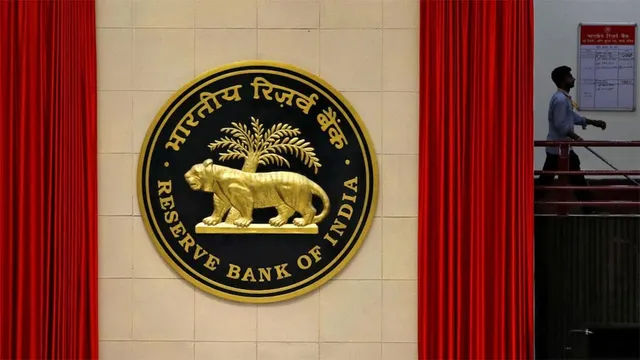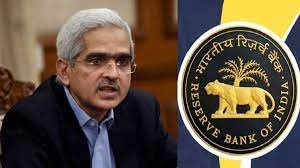RBI’s Revised Guidelines for IDF-NBFCs to Boost Infrastructure Financing
The Reserve Bank of India (RBI) has recently introduced revised guidelines aimed at bolstering Infrastructure Debt Funds-Non-Banking Financial Companies (IDF-NBFCs). This move comes as a significant step in India’s quest to accelerate infrastructure development and financing, which is vital for the nation’s growth. In this article, we will delve into the importance of these new guidelines, provide historical context, and outline five key takeaways that students preparing for various government exams should be aware of.

Why this News is Important:
1. Strengthening Infrastructure Financing: The importance of infrastructure in a developing nation like India cannot be overstated. It forms the backbone of economic growth, and adequate financing is crucial for its development. The RBI’s revised guidelines aim to streamline and strengthen the financing of infrastructure projects through IDF-NBFCs.
2. Attracting Investments: The revised guidelines are expected to make IDF-NBFCs a more attractive avenue for both domestic and foreign investors. This, in turn, can lead to increased investments in critical infrastructure projects across the country.
3. Economic Growth and Job Creation: Infrastructure development not only fuels economic growth but also creates job opportunities. These guidelines align with the government’s vision of ‘Atmanirbhar Bharat,’ where self-reliance in infrastructure development is a key focus.
Historical Context:
To understand the significance of these revised guidelines, it’s essential to consider the historical context. Over the past few decades, India has witnessed substantial growth in infrastructure projects. However, financing these projects has often posed challenges. IDF-NBFCs were introduced to bridge this gap by facilitating long-term debt financing for infrastructure projects. However, issues such as asset-liability mismatches and risk management needed addressing. The RBI’s latest guidelines aim to rectify these issues and make IDF-NBFCs more robust.
Key Takeaways from RBI’s Revised Guidelines for IDF-NBFCs:
| Serial Number | Key Takeaway |
|---|---|
| 1. | Enhanced Risk Management: The guidelines emphasize the need for robust risk management systems within IDF-NBFCs to ensure the safety of investments. |
| 2. | Minimum Credit Rating: They mandate a minimum credit rating of ‘A’ for infrastructure projects financed by IDF-NBFCs, reducing the risk associated with lower-rated projects. |
| 3. | Priority Sector Lending: IDF-NBFCs are now required to fulfill priority sector lending targets to support sectors vital for India’s development. |
| 4. | Minimum Holding Period: The guidelines introduce a minimum holding period of five years for loans to promote long-term financing. |
| 5. | Enhanced Reporting: Stricter reporting requirements have been imposed to enhance transparency and regulatory oversight. |
Important FAQs for Students from this News
Q1. What are IDF-NBFCs, and why are they important for infrastructure financing in India?
A1. Infrastructure Debt Funds-Non-Banking Financial Companies (IDF-NBFCs) are financial institutions that play a crucial role in providing long-term debt financing for infrastructure projects in India. They are vital because they help bridge the financing gap for large-scale infrastructure development.
Q2. How do the revised RBI guidelines impact infrastructure financing?
A2. The revised RBI guidelines enhance the robustness of IDF-NBFCs by emphasizing risk management, minimum credit ratings, and priority sector lending. This, in turn, attracts more investments into critical infrastructure projects.
Q3. What historical challenges did IDF-NBFCs face in infrastructure financing?
A3. IDF-NBFCs faced challenges like asset-liability mismatches and inadequate risk management, which affected their ability to provide stable and secure financing for infrastructure projects.
Q4. How do these guidelines align with government initiatives?
A4. The guidelines align with government initiatives like ‘Make in India,’ ‘Smart Cities Mission,’ and ‘Sagarmala’ by promoting infrastructure development and self-reliance in the sector.
Q5. How can students preparing for government exams benefit from knowing about these guidelines?
A5. Students can benefit by understanding the significance of infrastructure financing, its impact on the economy, and the role of regulatory bodies like the RBI in promoting economic growth.
Some Important Current Affairs Links


















